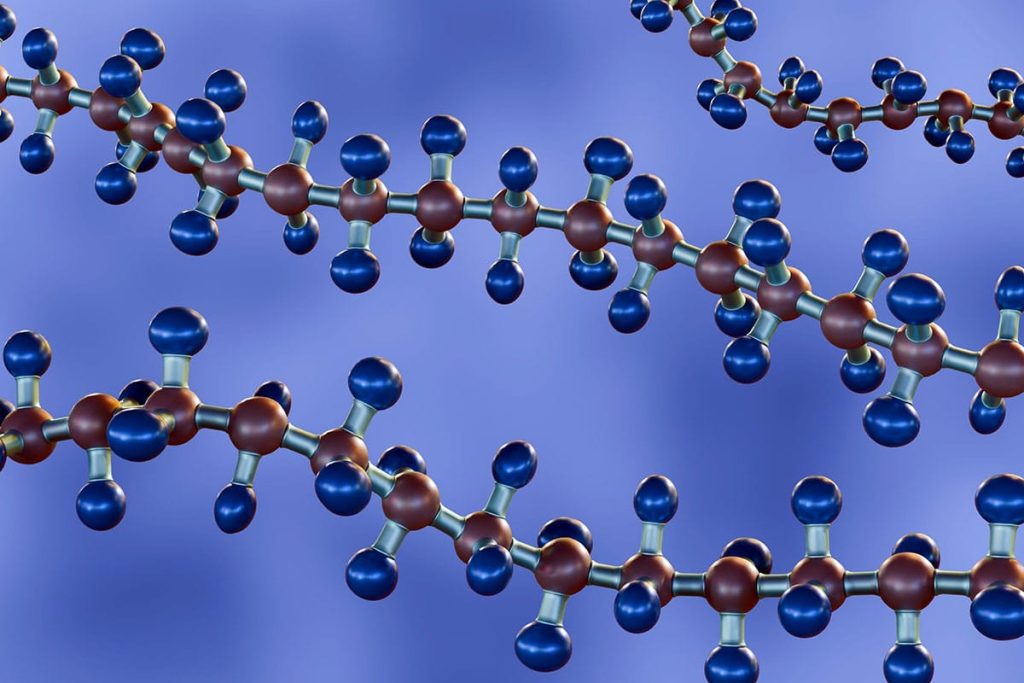The first “mechanically interlocked” polymer: a revolution for ballistic protection design – The Daily Galaxy –Great Discoveries Channel

This groundbreaking 2D material boasts 100 trillion mechanical bonds per square centimeter, offering unmatched strength without the weight. Discover how this innovation could redefine military armor and keep our heroes safer than ever.In an exciting twist, researchers at Northwestern University have come up with a new material that might just give bulletproof vests and military armor a serious upgrade. This material is not only super light but also incredibly strong, which could really shake things up in the world of protective gear. With global security issues on the rise, advancements like this are key to keeping our military and law enforcement personnel safe.This fresh-out-the-lab material is the first-ever mechanically interlocked two-dimensional (2D) structure. Unlike your run-of-the-mill materials, this one’s made from just one layer, making it really lightweight. The components are held together by mechanical forces instead of chemical bonds—pretty different from what you’d find in typical protective gear. This unique makeup means it’s both strong and flexible, perfect for situations where you need to move fast but stay protected.The real kicker? It could totally change how we think about designing military armor. With materials this light yet tough, manufacturers can make gear that offers better protection without sacrificing comfort or agility.This breakthrough has roots going back to 1980, thanks to chemist Fraser Stoddart. His work on mechanically interlocked molecules snagged him a Nobel Prize in 2016, highlighting his big contributions to chemistry. Since then, scientists have been working hard to create polymers with similar traits.Now, after years of research, the team at Northwestern University says they’ve hit the jackpot. Their success marks a major step forward in using mechanically interlocked molecules in polymers—a development that’s set to spark even more innovations in material science.A big shoutout goes to Madison Bardot, a PhD candidate at Northwestern’s Dichtel lab who played a key role in this project. Bardot used X-shaped monomers as building blocks for the new material. These were arranged into highly ordered crystalline structures, creating a regular pattern of atoms.Usually, such structures tend to be brittle, but this new polymer breaks the mold by staying super flexible. “Many highly crystallized substances are brittle, but our polymer has a regular and ordered structure while being highly flexible,” said folks at Dichtel’s lab. Each mechanical bond has some wiggle room, allowing flexibility without losing strength.These 2D polymer sheets pack an incredible punch with their density—100 trillion mechanical bonds per square centimeter—the most ever achieved! This dense network gives the material its strength and durability while keeping it lightweight.Another cool feature? The polymer can dissolve in solution. This means you can separate and tweak individual monomer sheets as needed, making it super versatile for different uses or tweaks.Working alongside researchers at Duke University, the team looked into practical uses by mixing their new polymer with Ultem—a fiber related to Kevlar known for handling high temps and chemicals well. Just adding 2.5% of this polymer upped Ultem’s strength and durability significantly!This opens up all sorts of possibilities for military use, especially in ballistic protection where toughness and weight matter big time. By harnessing these advanced materials, manufacturers can craft armor that offers top-notch protection while still allowing folks on duty more freedom to move around.Looking ahead, it’s clear that breakthroughs like this will be pivotal in crafting safer environments worldwide. Introducing such groundbreaking materials doesn’t just showcase human ingenuity; it also highlights our dedication to pushing technologies that save lives effectively and efficiently.Got a reaction? Share your thoughts in the commentsEnjoyed this article? Subscribe to our free newsletter for engaging stories, exclusive content, and the latest news.Comment Save my name, email, and website in this browser for the next time I comment.
© 2024 | Daily Galaxy | All rights reserved


